2023 Mitsubishi Outlander PHEV Review: Exceeds expectations
Like proper “outlanders,” we stayed in tiny cabins-on-wheels. We had modern necessities: An elevated queen bed, a kitchenette, a bathroom and shower, and air conditioning, situated on 415 hilly acres two hours from Nashville in Moss, Tennessee. There was a big picture window next to the bed, where you see … nature. In my case, mostly an elm tree.
Since I already live in a log house in the middle of nowhere Florida, seeing nature up close isn’t a novelty. But this whole no TV, no internet, no phone service business? Panic ensued. I checked cell service in every corner of the cabin: Zero. For a night, I was forced to read, including a pamphlet that said what to do if we encounter a bear, snakes or seed ticks, and listen to the little radio, which got four stations, the best one playing country and bluegrass from over the Kentucky state line. Ricky Skaggs and Merle Haggard. The station signed off at midnight, back on at 6 a.m. with The Gospel Hour.
If the goal was for us to decompress, I needed it worse than I knew. The next night we were back in downtown Nashville, in a trendy hotel too cute by half where room keys were wood chips and the “do not disturb” sign was a rock you put in front of your door that had “now” on one side, “not now” on the other. Internet, TV and phone. I missed my boring little cabin.
The occasion was a drive of the 2023 Mitsubishi Outlander plug-in hybrid. The crossover pumps out 1500 watts of electricity, which was enough to power sparkly campground lights, a fan, and an espresso machine at the camp site. The Outlander PHEV is the best reminder yet that Mitsubishi Motors is not only still alive, but thriving in its little corner of the market, according to a business presentation we got the second day at Mitsubishi’s Franklin, Tennessee, U.S. headquarters.
The Outlander PHEV is the company flagship in a lineup that also includes the Mirage car (for now, since it’s destined for extinction after 2024) and three SUVs: the Outlander Sport, a shortened version of the previous Outlander; the Eclipse Cross, which is almost coupe-like, and the regular Outlander, which shares some parts with the Nissan Rogue but has a small third-row seat, which the Rogue doesn’t. (Mitsubishi Motors is one-third owned by Nissan.)
The Outlander PHEV’s base price is $39,845, about $10,000 more than the regular Outlander, and it tops out at just over $50,000. That probably seems like a lot, but it has everything for that price, and I mean everything. The list includes massaging front seats, a trailer stability assist, and a touch-up paint pen. And even at that price it’s still one of the less expensive seven-passenger hybrid SUVs, although that third-row seat will only work for those shorter than five feet. Second-row seats are roomy enough for a pair of six-footers, though ingress and egress is a little pinched.
On the road, the loaded $50,880 Outlander PHEV we drove was startlingly competent. Ride quality was excellent and the cabin remained very quiet; handling proved nimble and acceleration was quite good. Mitsubishi bills the transmission as a one-speed; in practice it felt a lot like a continuously variable transmission.

The Outlander plug-in uses a twin-motor system, utilizing its 2.4-liter four-cylinder gasoline engine and front electric motor to drive the front wheels, while a stand-alone rear-mounted electric motor drives the rear axle. Together they pump out a combined 248 horsepower and 332 lb-ft of torque. Our 0-to-60 mph time was just under seven seconds—not blistering, but brisk for a vehicle that weighs in at about 4800 pounds wet.
The Japan-built Outlander PHEV is EPA-rated in gasoline-only use at 26 mpg overall, which we were never able to quite achieve. With a full charge—doable in about 10 hours from “empty” with just a 120-volt charger or quicker with 240 volts—you have a 38-mile electric-only range. In Mitsubishi’s thinking, that’s more than enough for the average commute. With DC fast charging, it’s possible to top up the 20-kWh lithium-ion battery to 80 percent from zero in 38 minutes.

Styling-wise, the Outlander PHEV “was crafted under the design language of “I-Fu-Do-Do,” which we were told means “authentic and majestic” in Japanese.” That’s a bit of corporate hyperbole, but aside from a mildly jarring and color-dependent snout, it’s a very pretty SUV and appropriately premium-looking. The available 20-inch wheels (18-inchers are standard) look great and fill up the wheel wells nicely. Our tester was painted White Diamond with a black roof, a $995 option.
Specs: 2023 Mitsubishi Outlander PHEV
• Price: $50,880 (as tested)
• Powertrain: 2.4-liter, DOHC four-cylinder with two integrated electric hybrid motors
• Output: 248 hp and 332 lb-ft of torque (hybrid combined)
• Layout: All-wheel-drive, four-door, seven-passenger crossover SUV
• Weight: 4800 pounds (estimate)
• 0–60 mph: 6.9 seconds
• Competition: Hyundai Santa Fe PHEV, Toyota RAV4 Prime
Inside, it’s all tan and charcoal. Seats are leather with pleated door panels. As part of the $2700 SEL package there was a panoramic sunroof, a Bose sound system, a 10.8-inch heads-up display, and a heated steering wheel, as well as the aforementioned driver and front passenger seat massage function.

Offering more connectivity than any previous Mitsubishi model, the 2023 Outlander PHEV features a 12.3-inch, full-color LCD digital driver display. All come with Apple CarPlay (wireless on SE and above) and Android Auto (wired) integration as standard. A 9-inch center touchscreen is also available, which includes a built-in navigation system, SiriusXM compatibility, wireless smartphone charging, and Mitsubishi Connect services with a 24-month free trial. All instruments and controls are easy to master.
Perhaps the biggest surprise was the lengthy, very rugged off-road trail we tackled. Though there’s more than eight inches of ground clearance available here, no one would mistake the Outlander PHEV for a dedicated trailmaster. Still, it has the ability—and the controls, including hill descent—to do more than just handle unimproved dirt roads. It lacks underbody skid plates and aggressive rubber (just Bridgestone all-season tires), but with those minor add-ons the Outlander PHEV would hold its own with some pretty competent off-roaders.
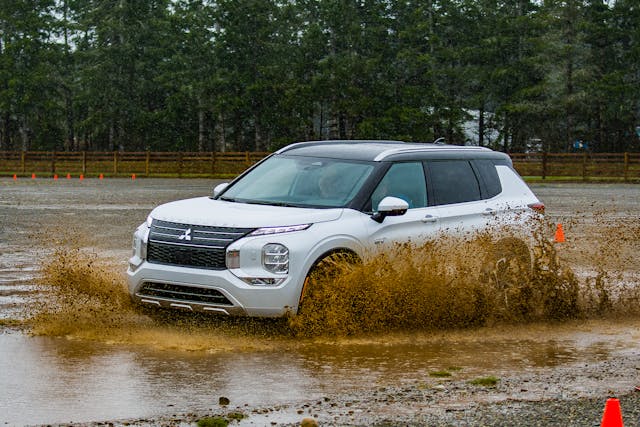
If you’re in the market for a seven-seat plug-in SUV, by all means you should include the Outlander in your test drives. August was Mitsubishi’s best month yet for the Outlander PHEV—a version of which Mitsubishi has been selling since 2018—with about 700 sales nationally among the 327 dealers. That works out to a little more than two per store, which isn’t exactly gangbusters, so expect to find a hungry dealer if you do seek out the Outlander PHEV.
Mitsubishi has a competitive product on its hands, something not always true over the last decade. Can it attract more customers to give it a chance?
2023 Mitsubishi Outlander PHEV
Price: $50,880 (as tested)
Highs: Useful electric-only range for a PHEV (38 miles). Premium interior and exterior. Nimble handling, smooth ride.
Lows: Mitsubishi is not known as a premium brand, despite the price of this car. Very small third-row seat.
Takeaway: Far better than expected, the Outlander deserves to be on a PHEV shopping list.
***
Check out the Hagerty Media homepage so you don’t miss a single story, or better yet, bookmark it. To get our best stories delivered right to your inbox, subscribe to our newsletters.
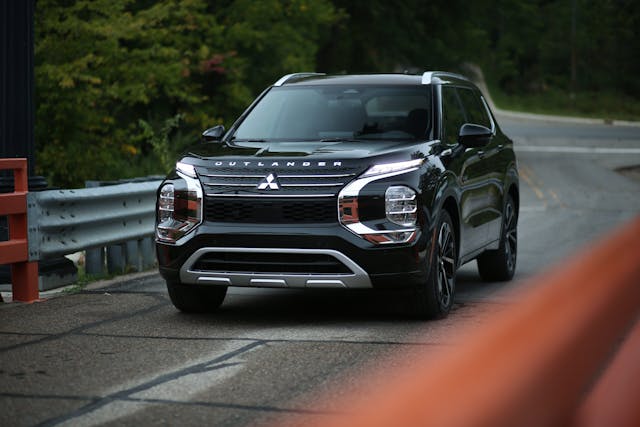
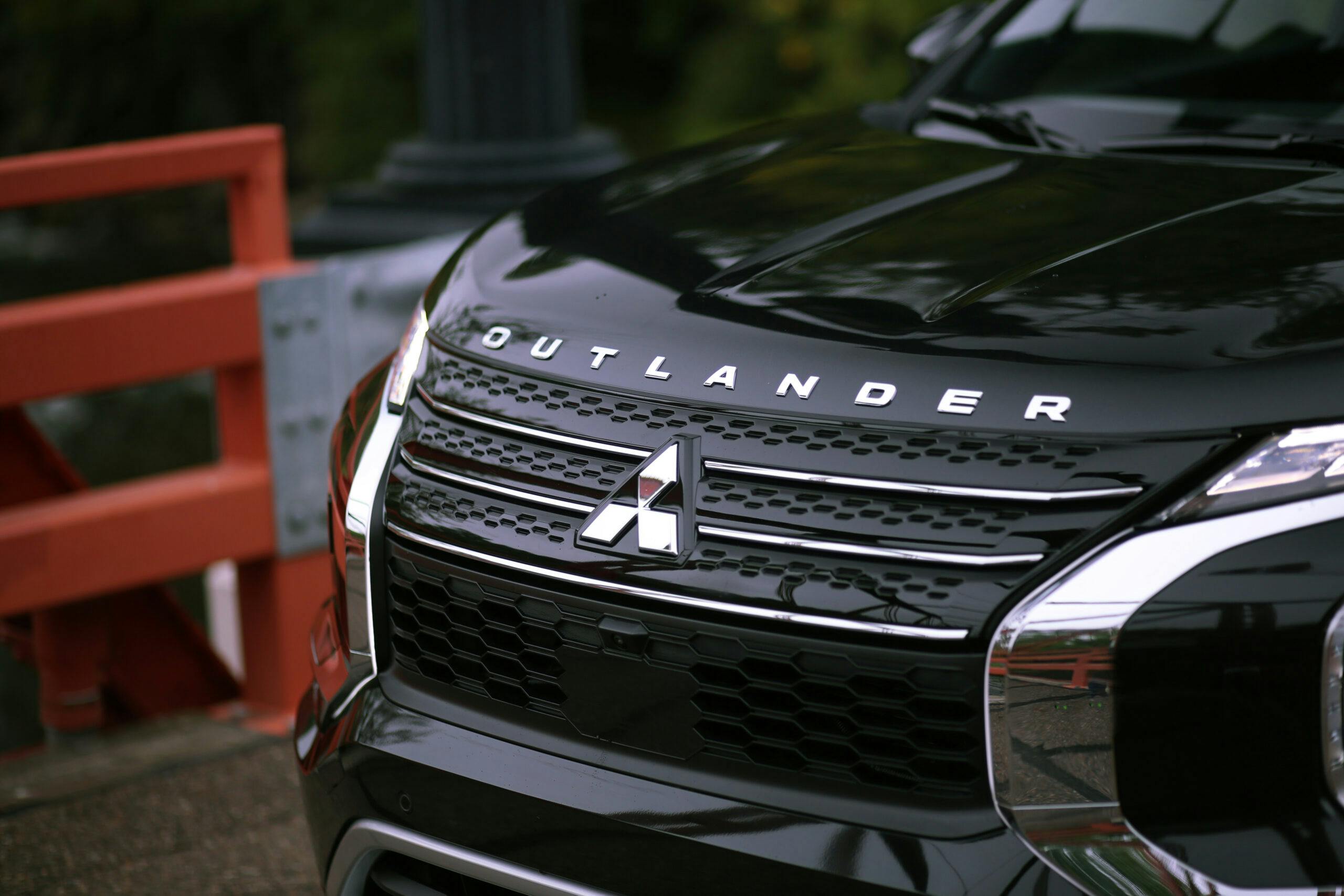
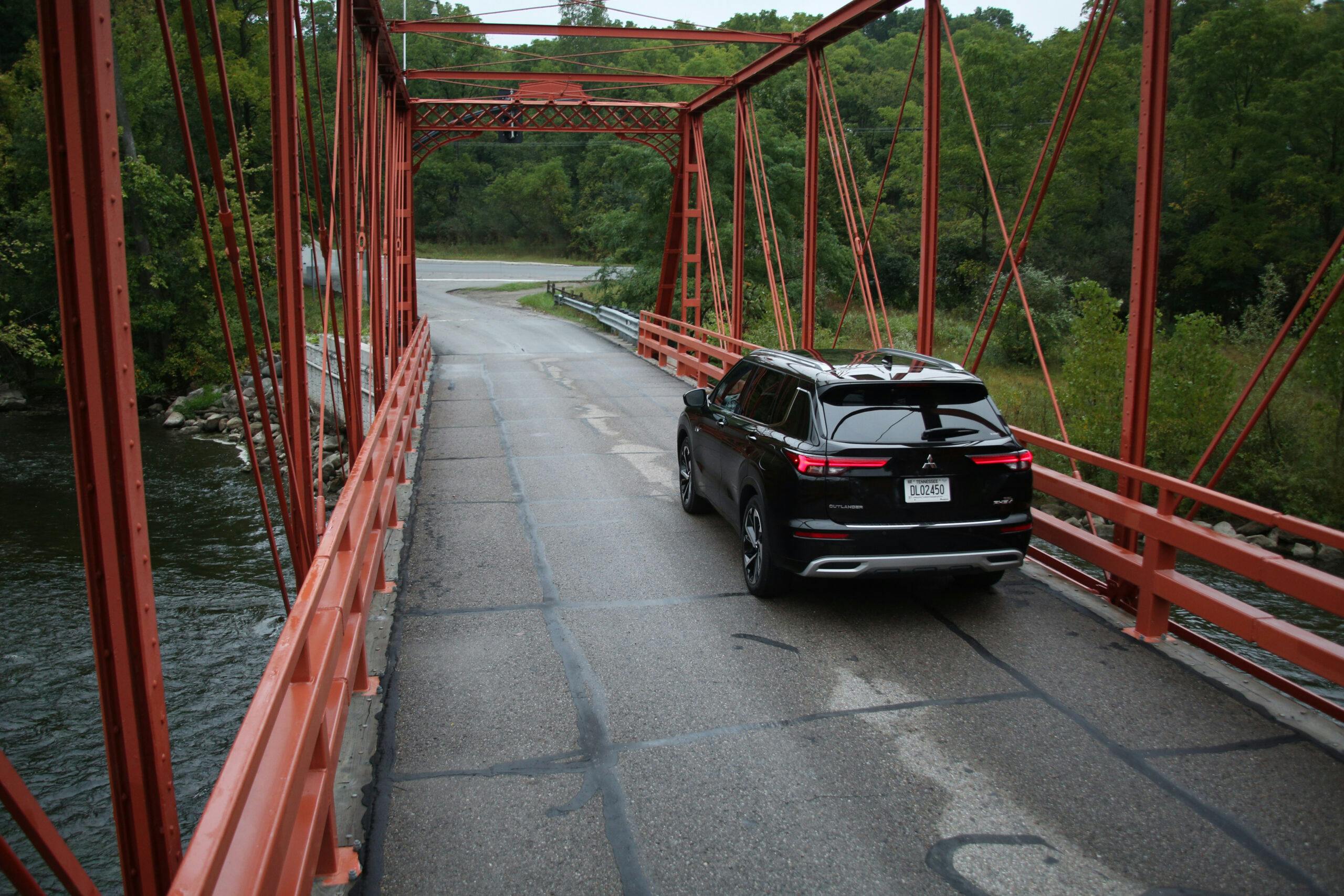
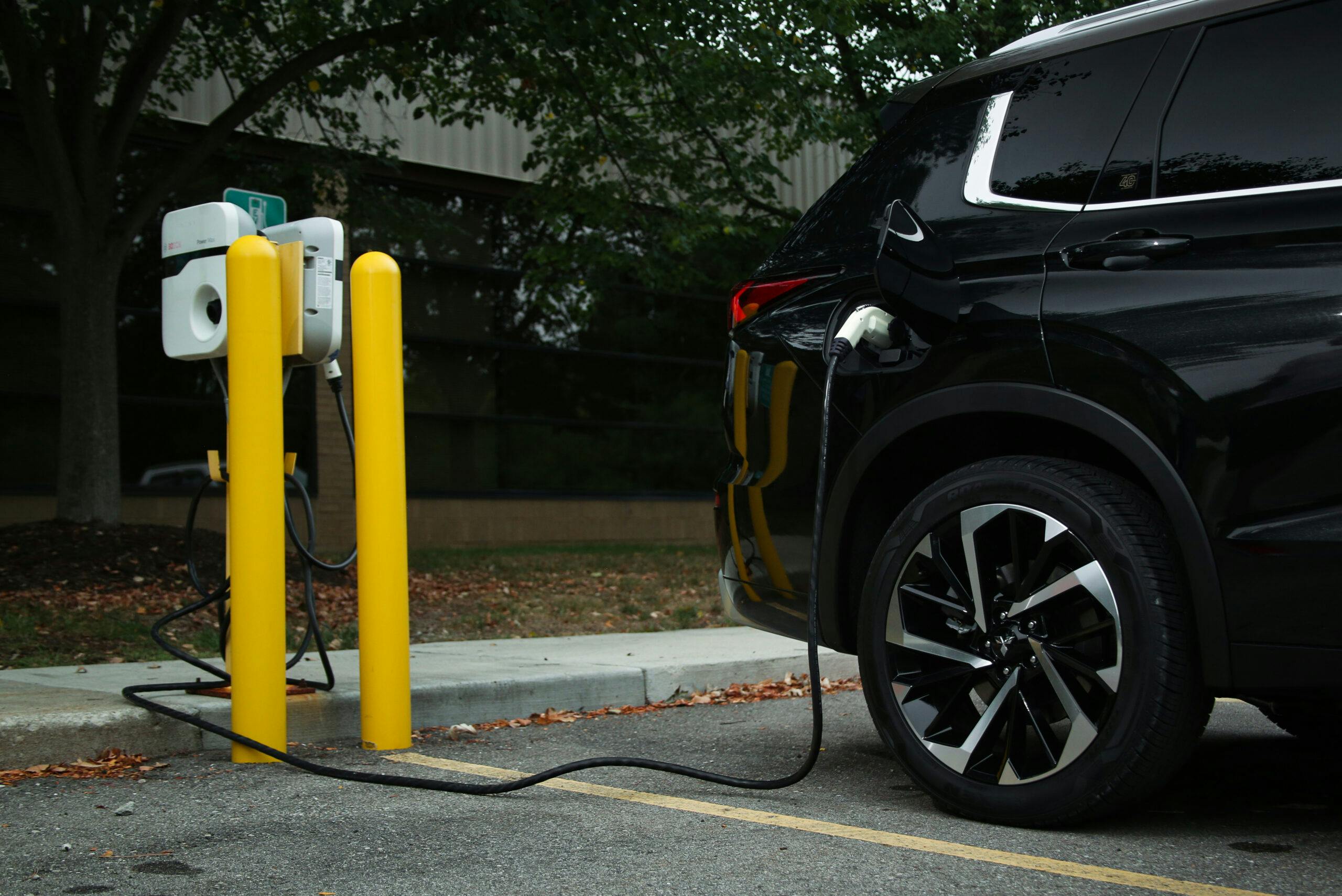
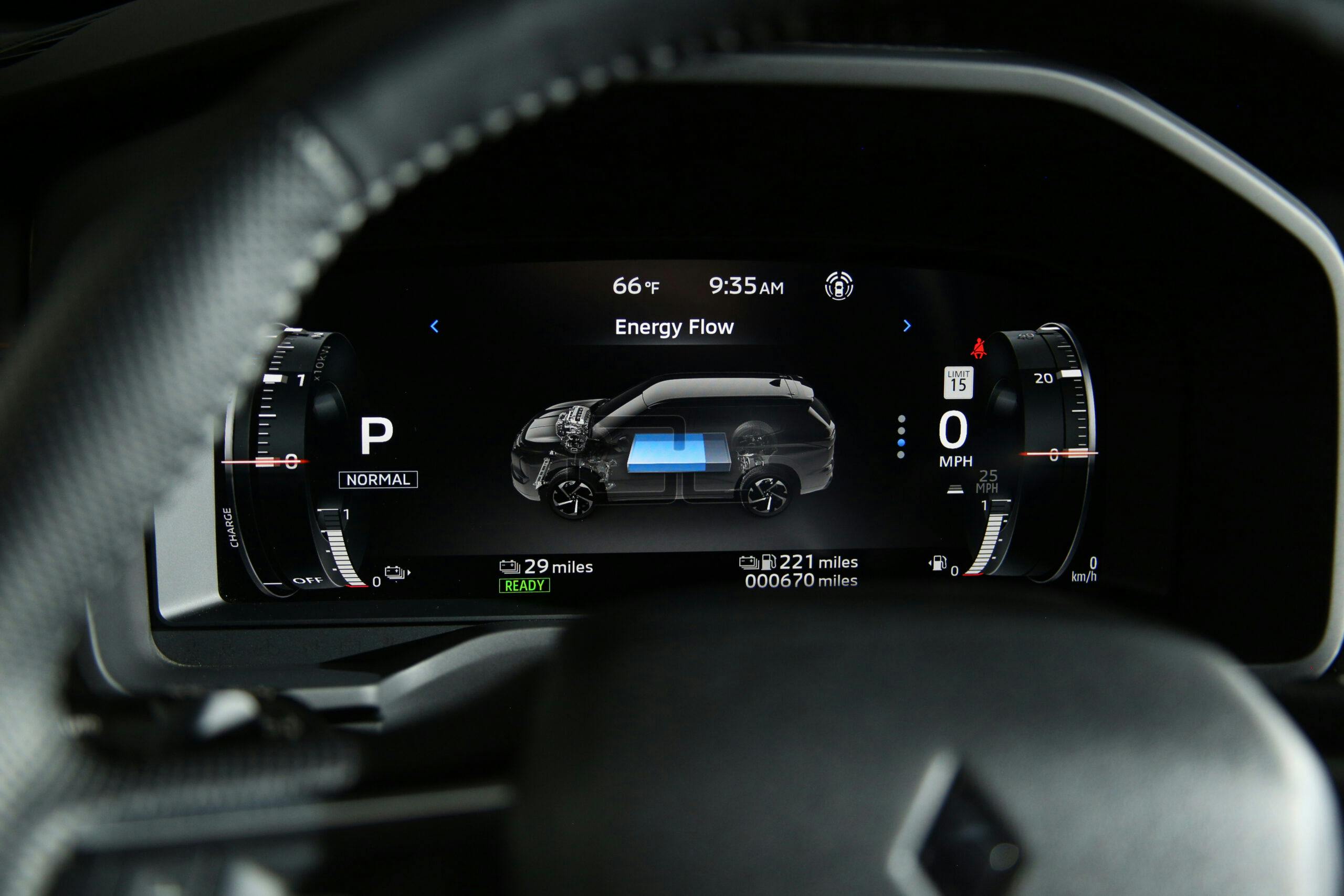
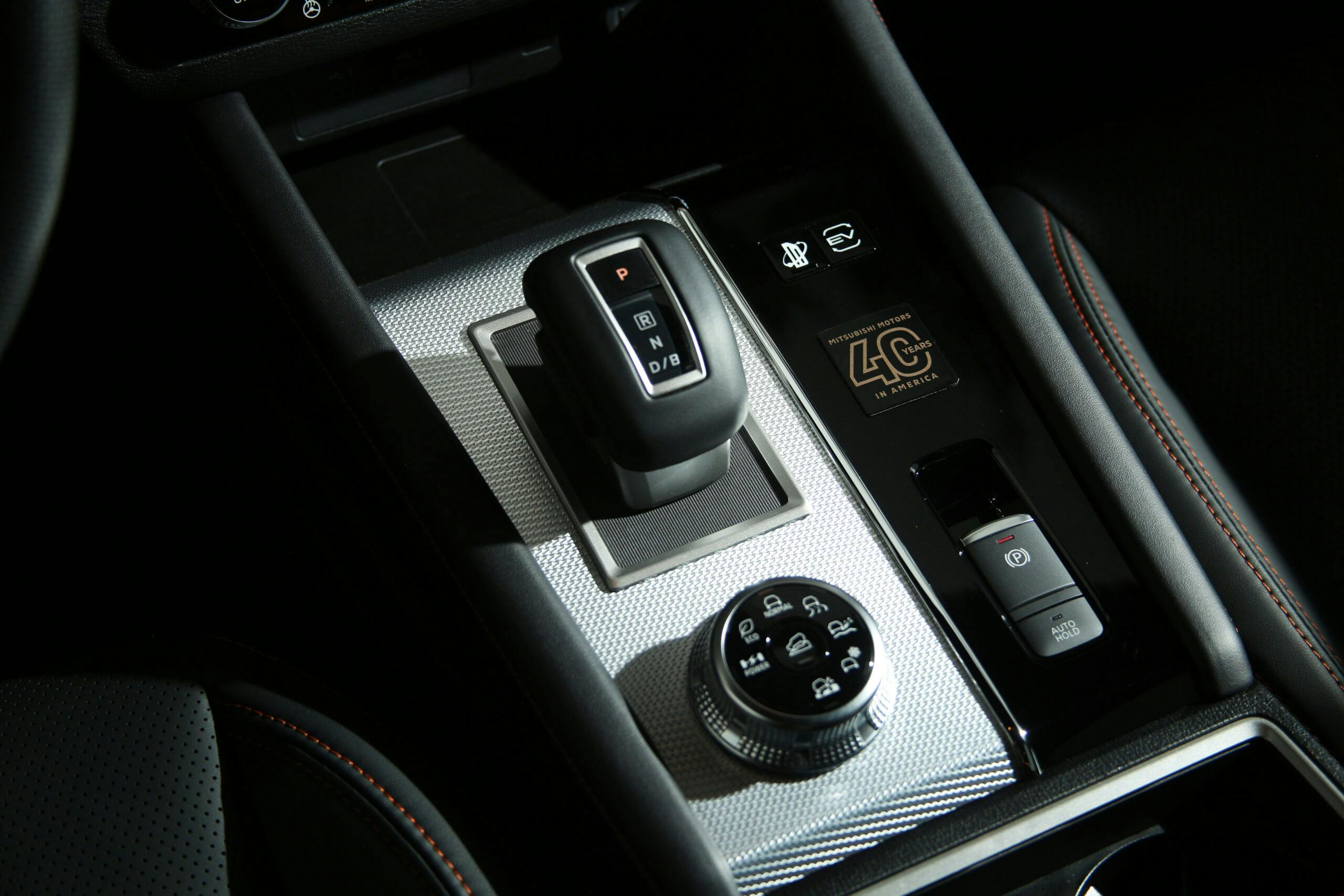
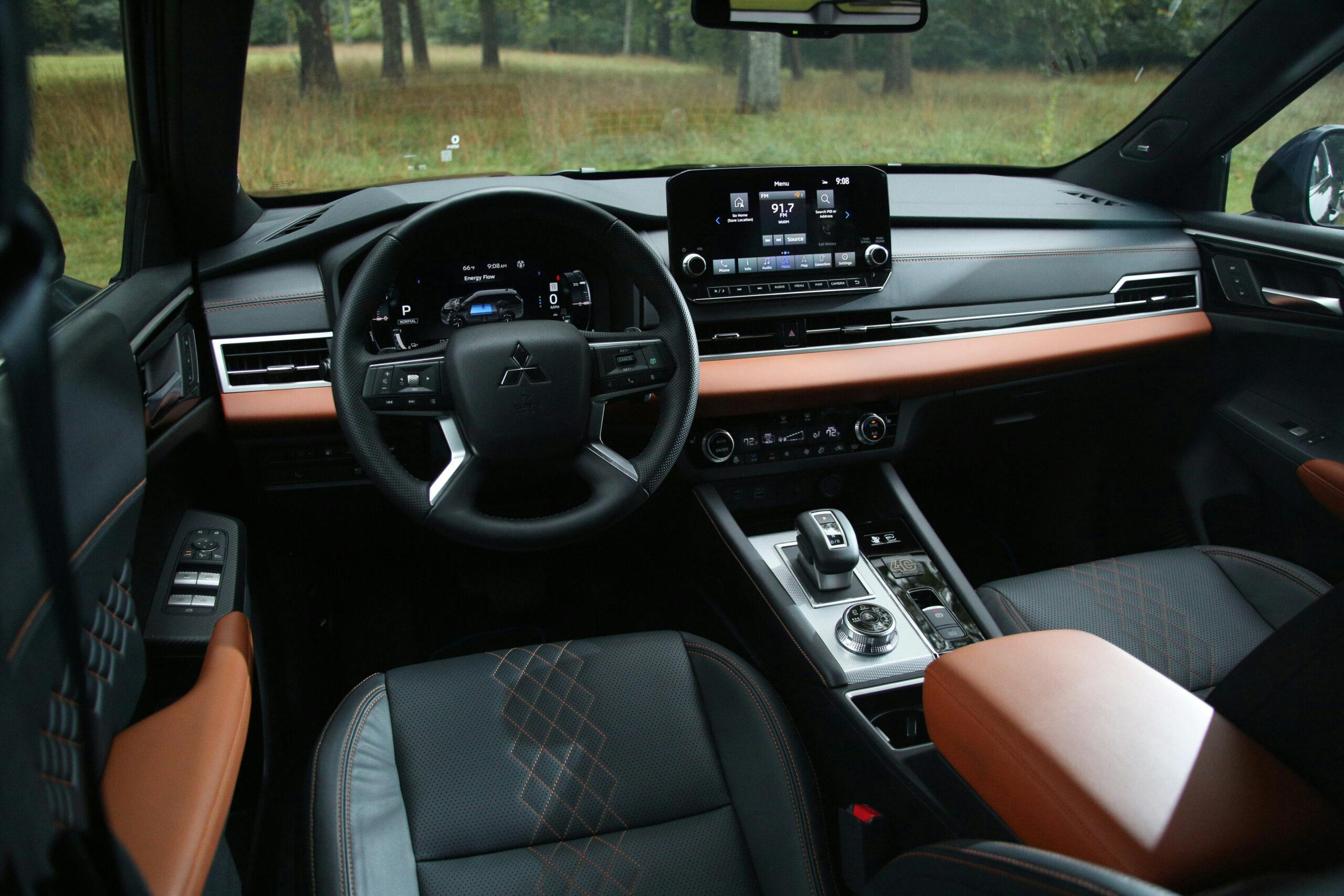
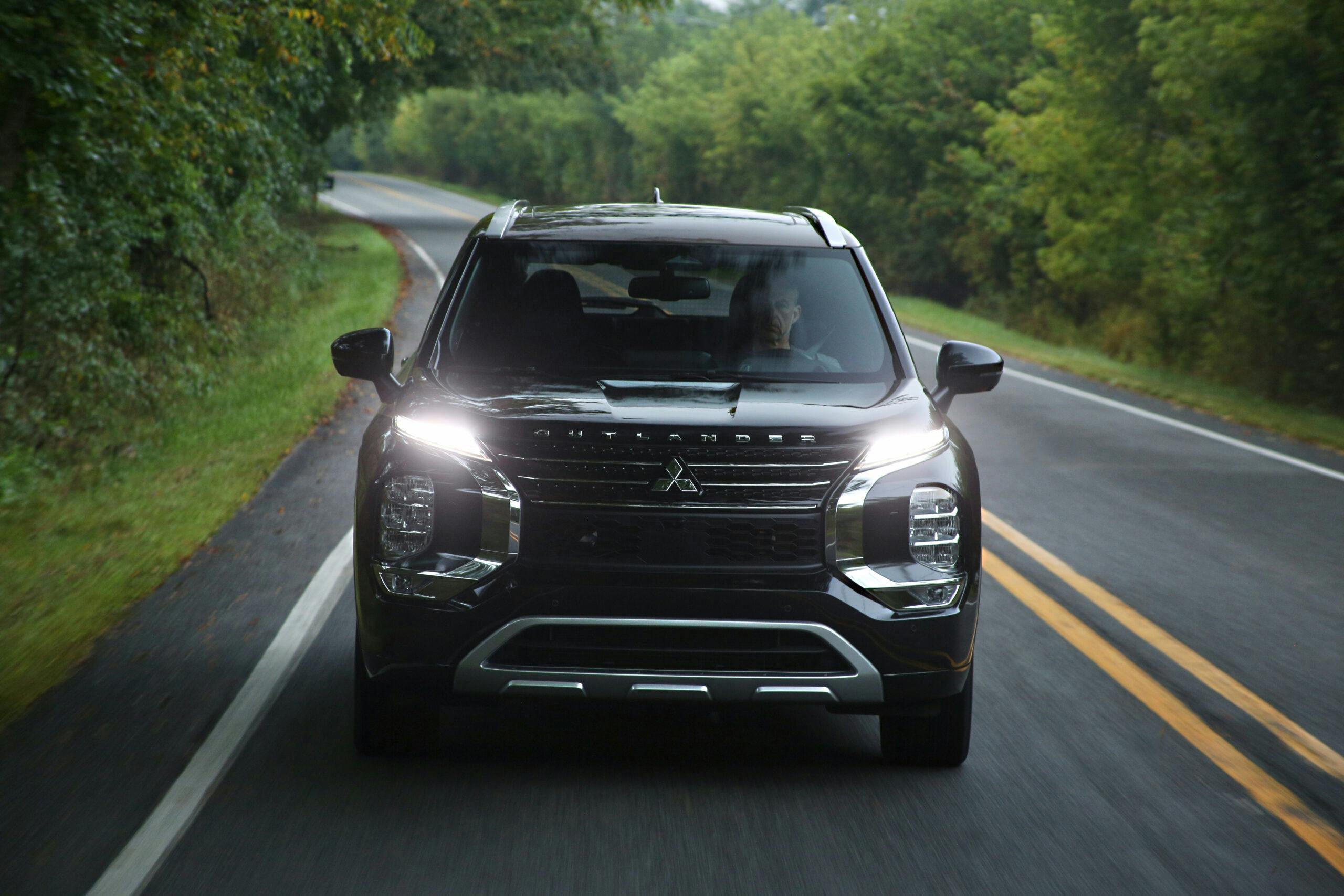
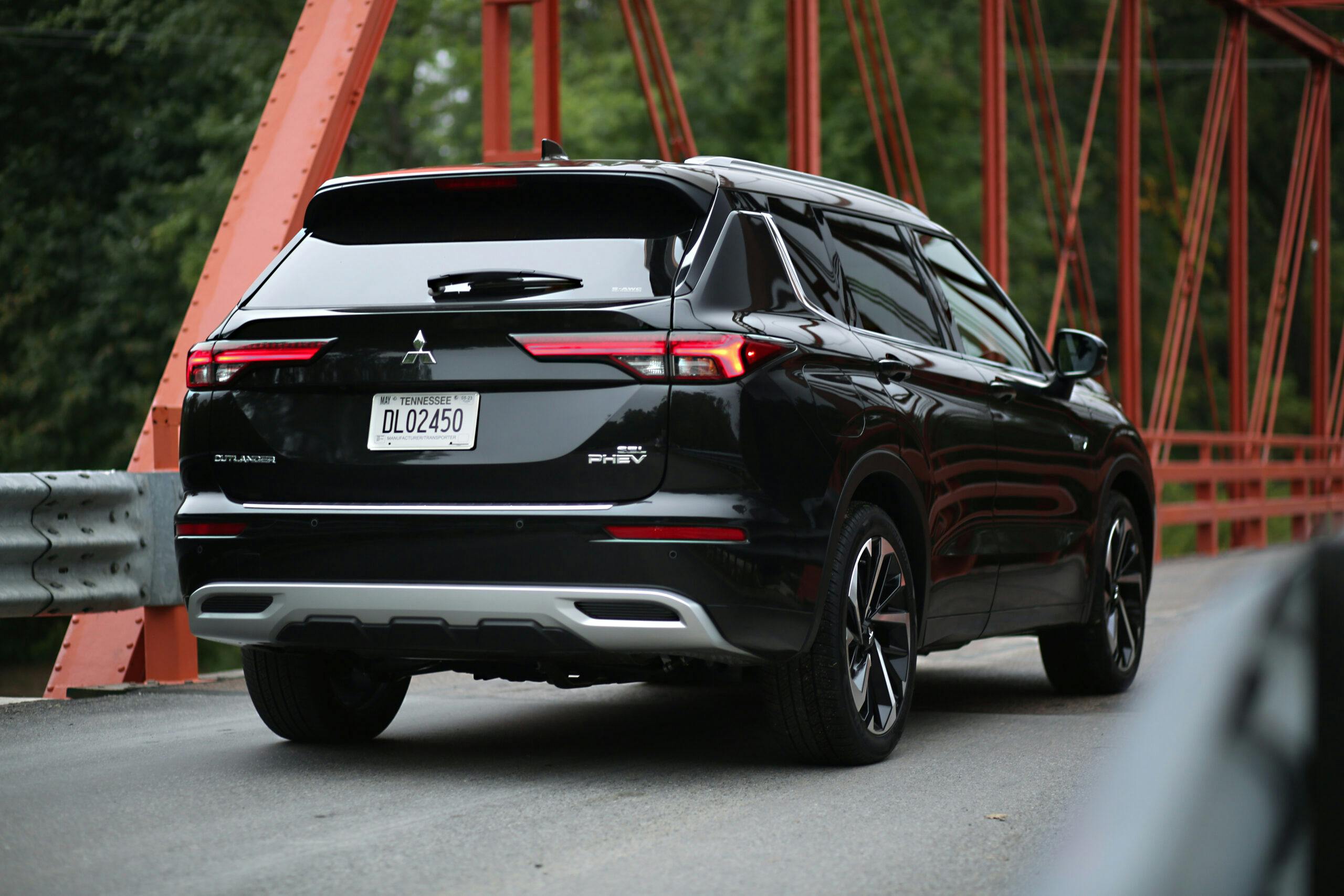
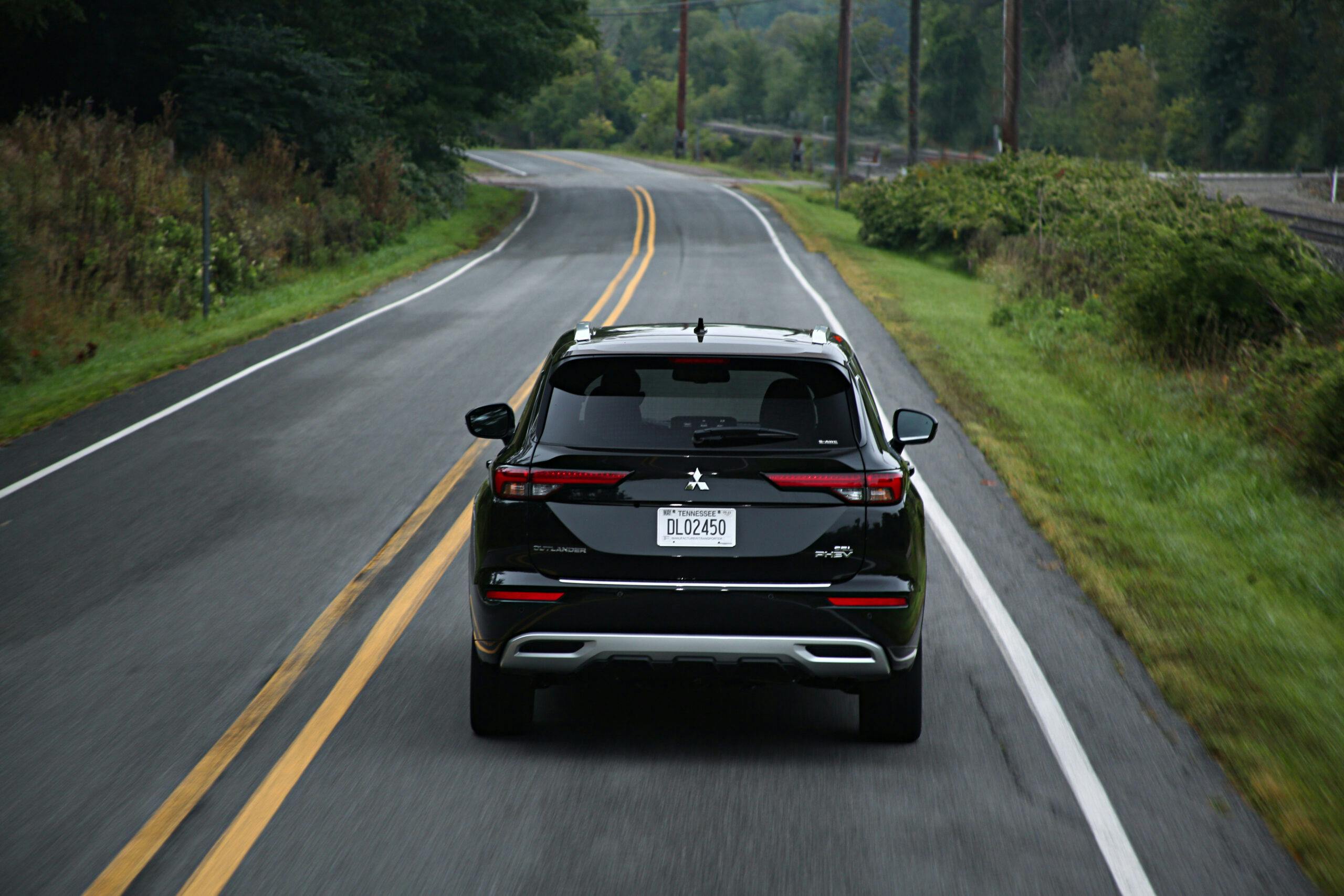
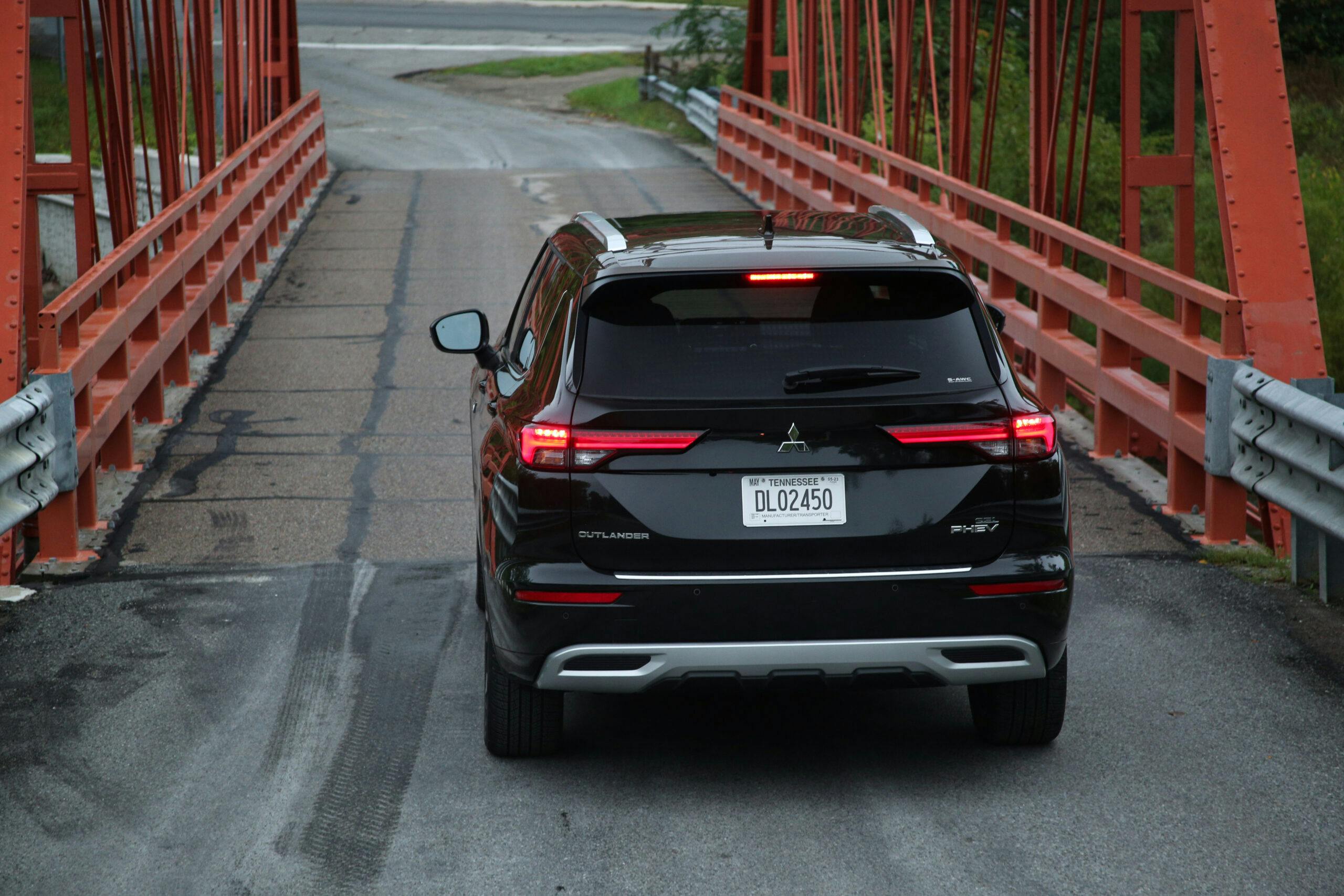
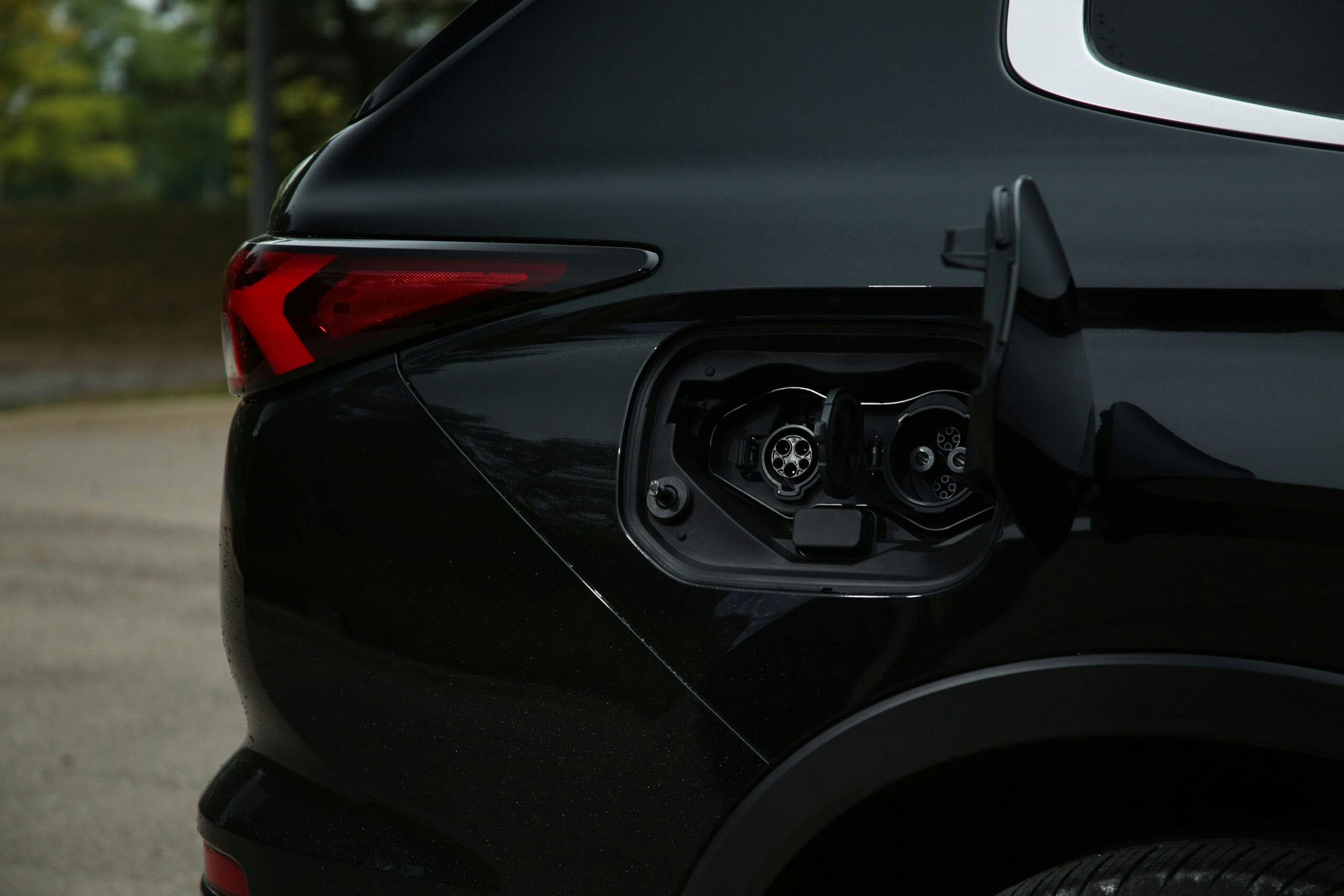

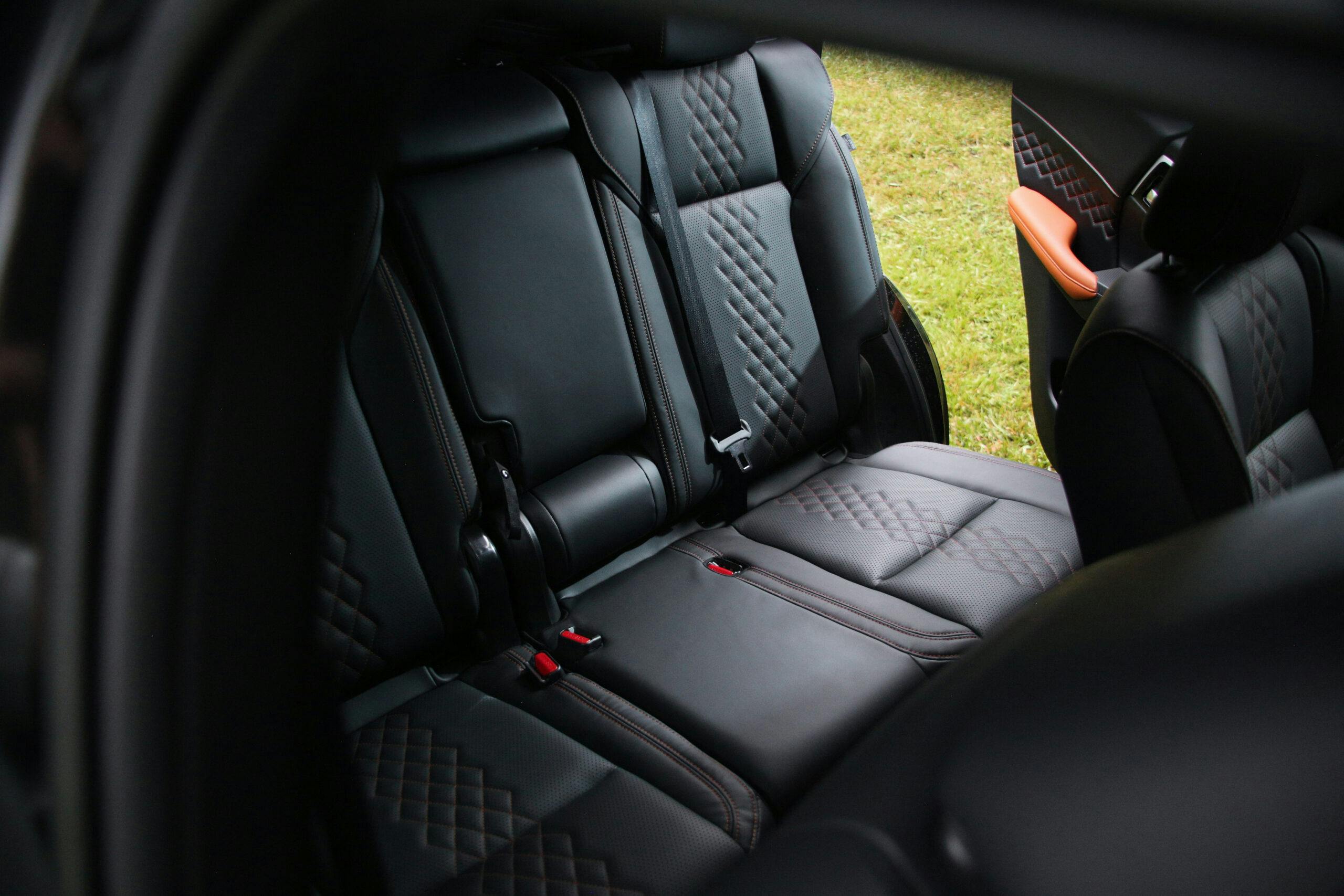
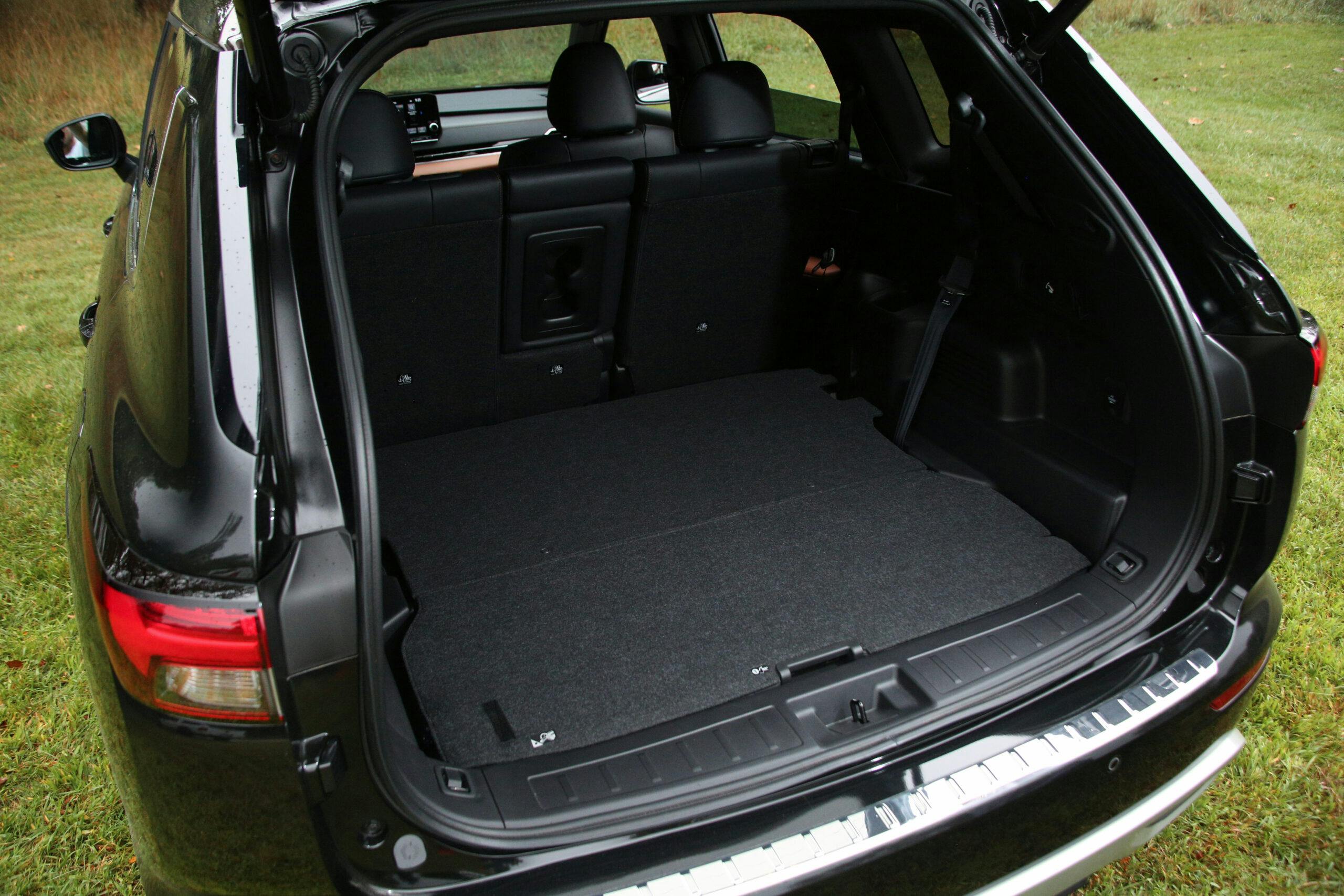
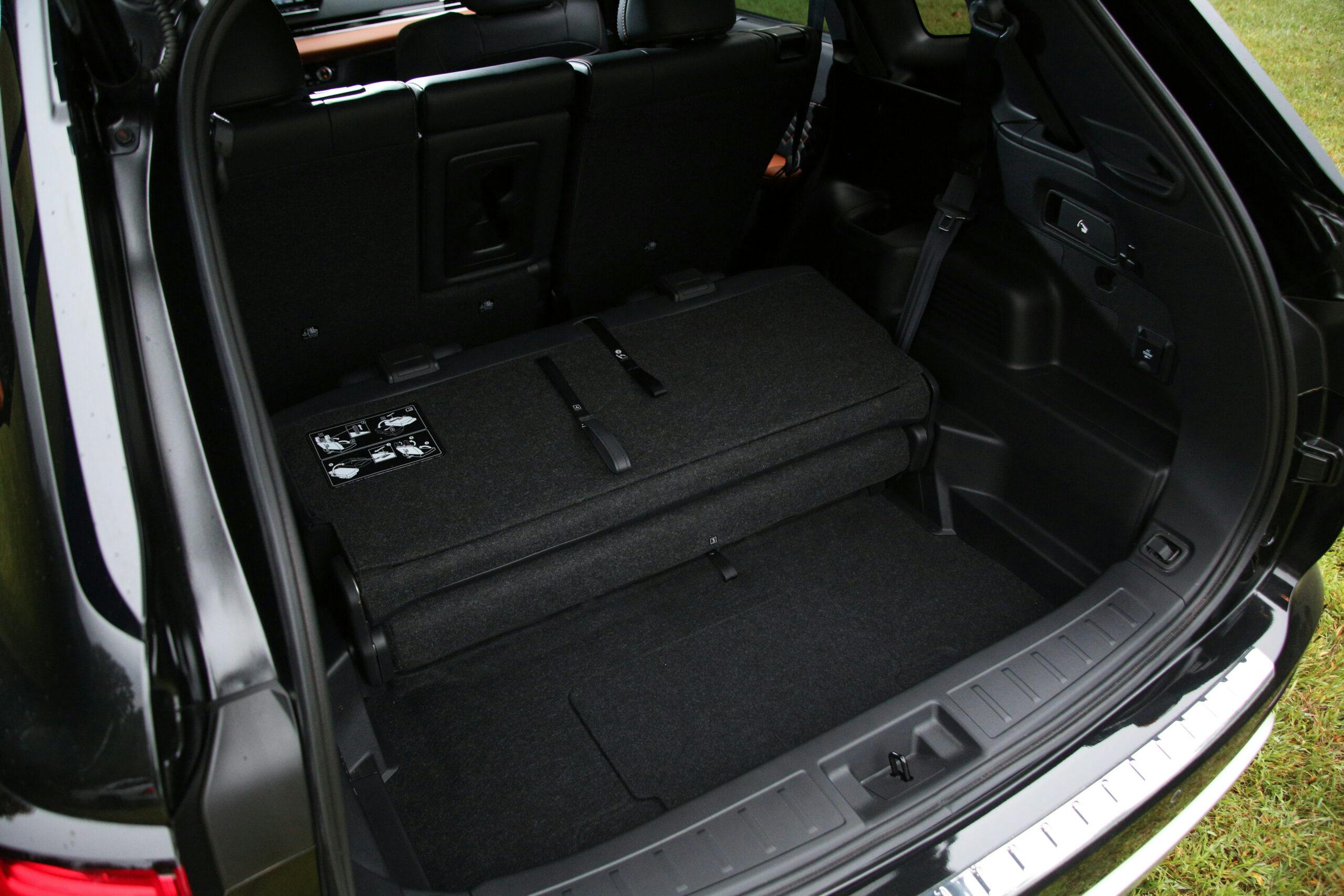
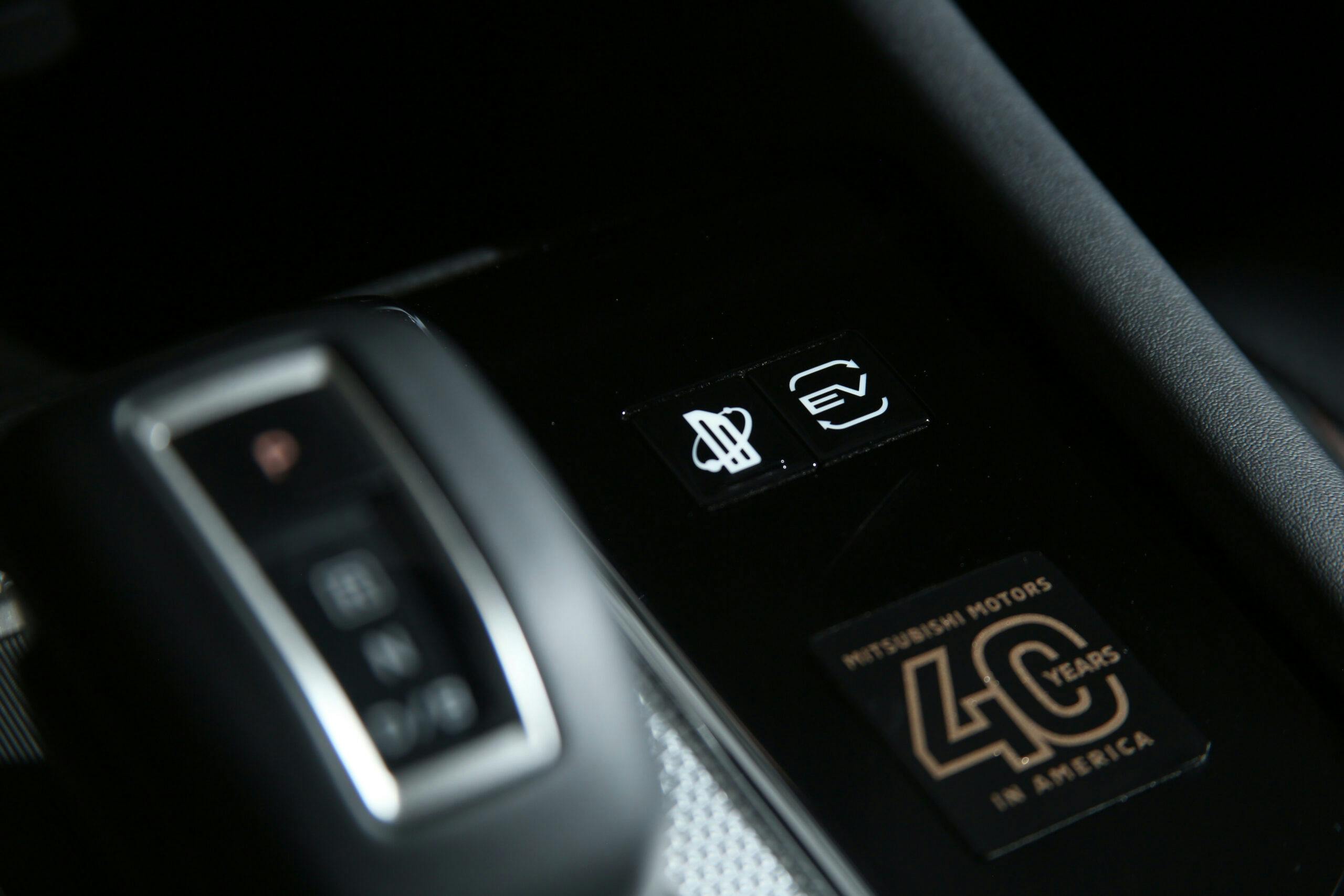
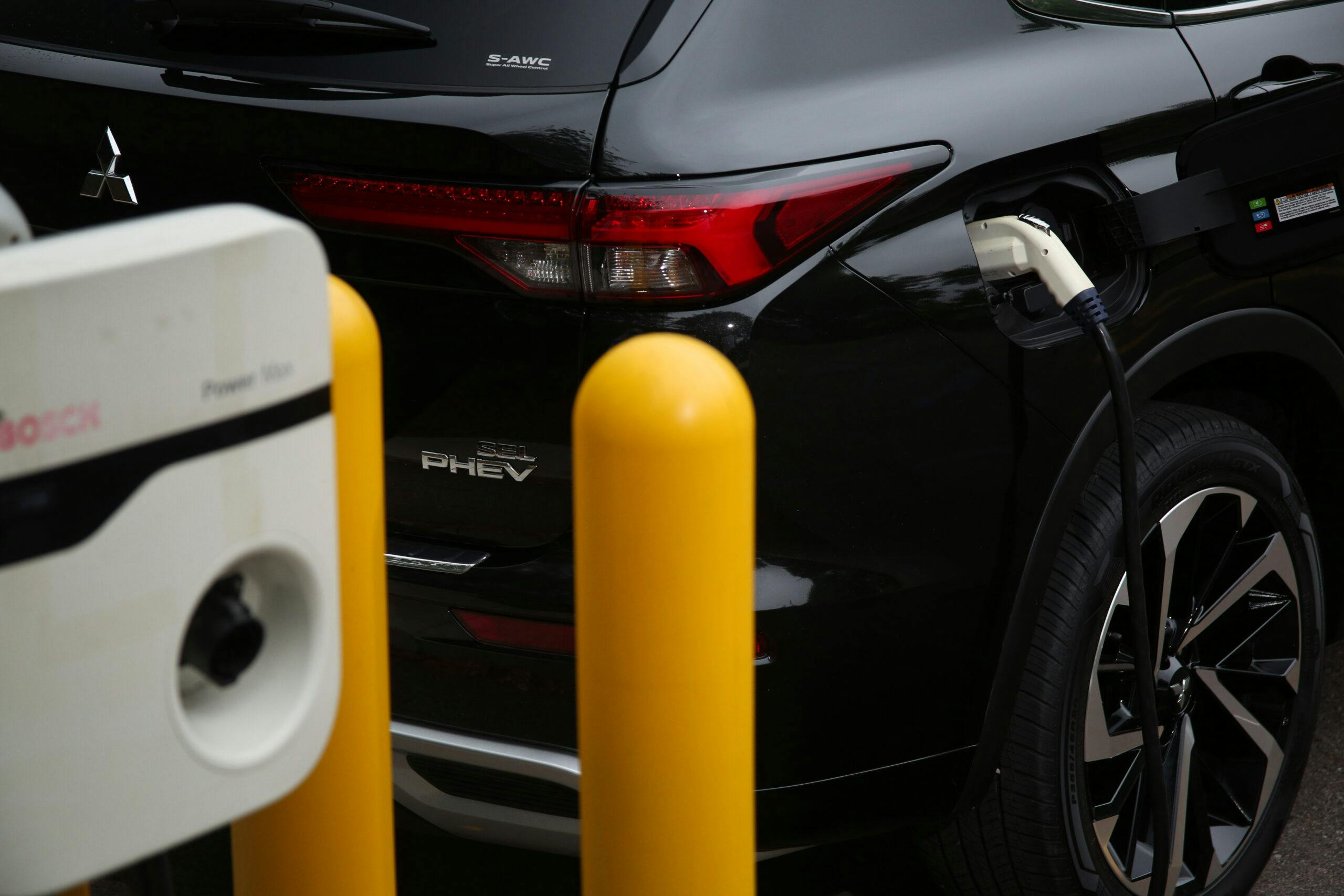
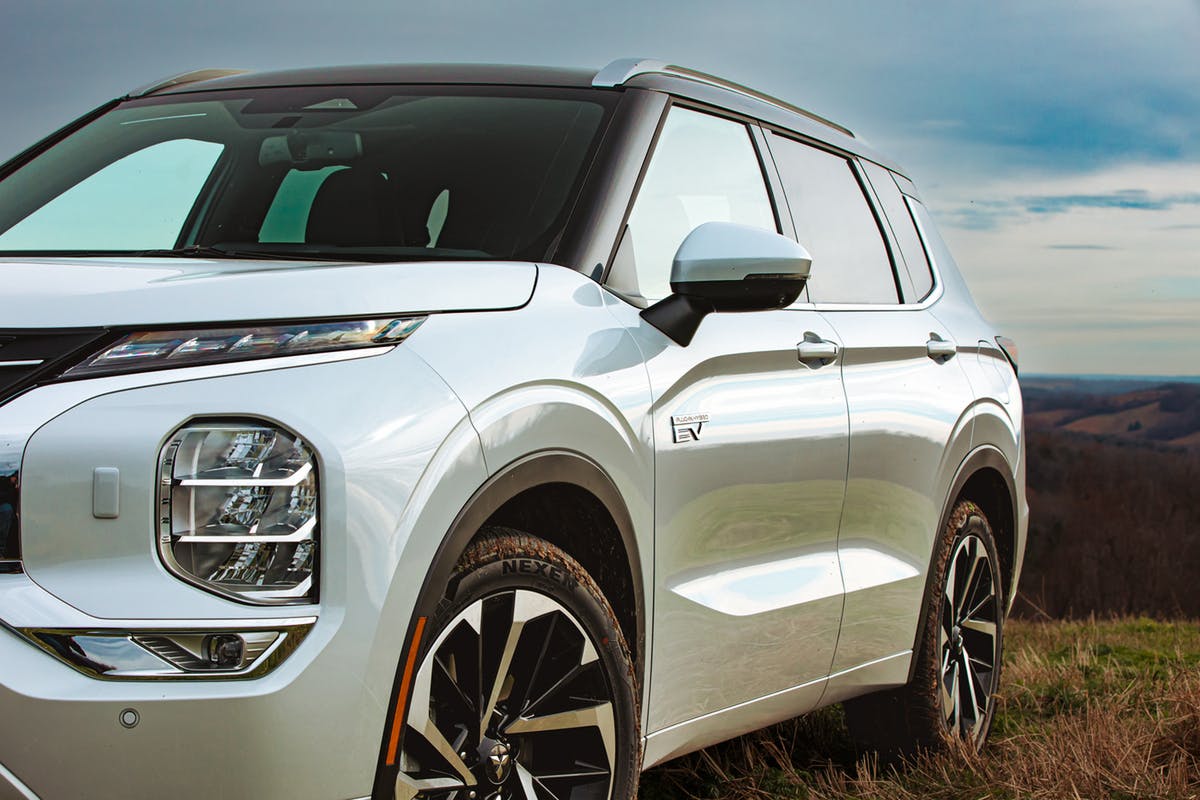

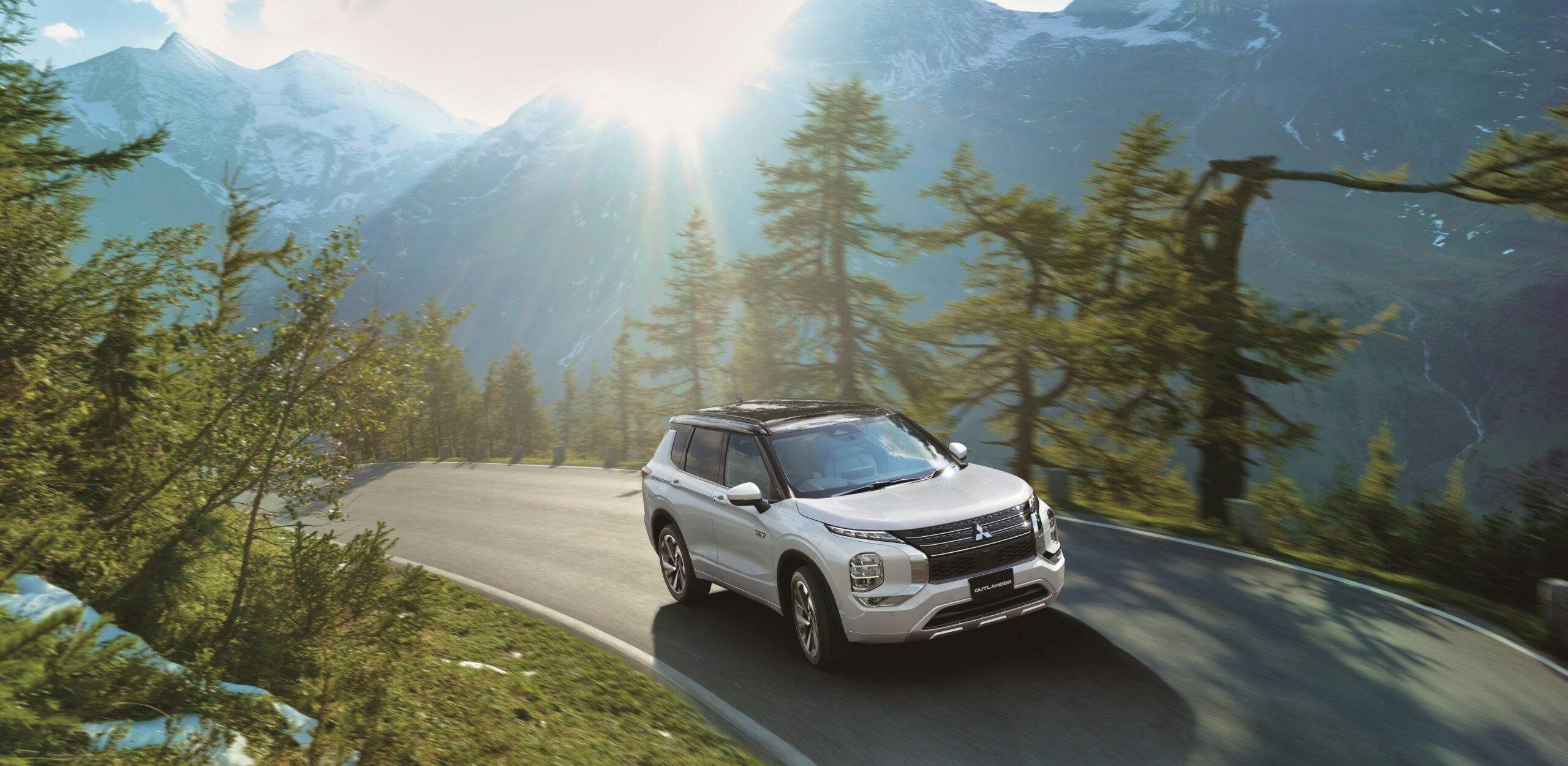
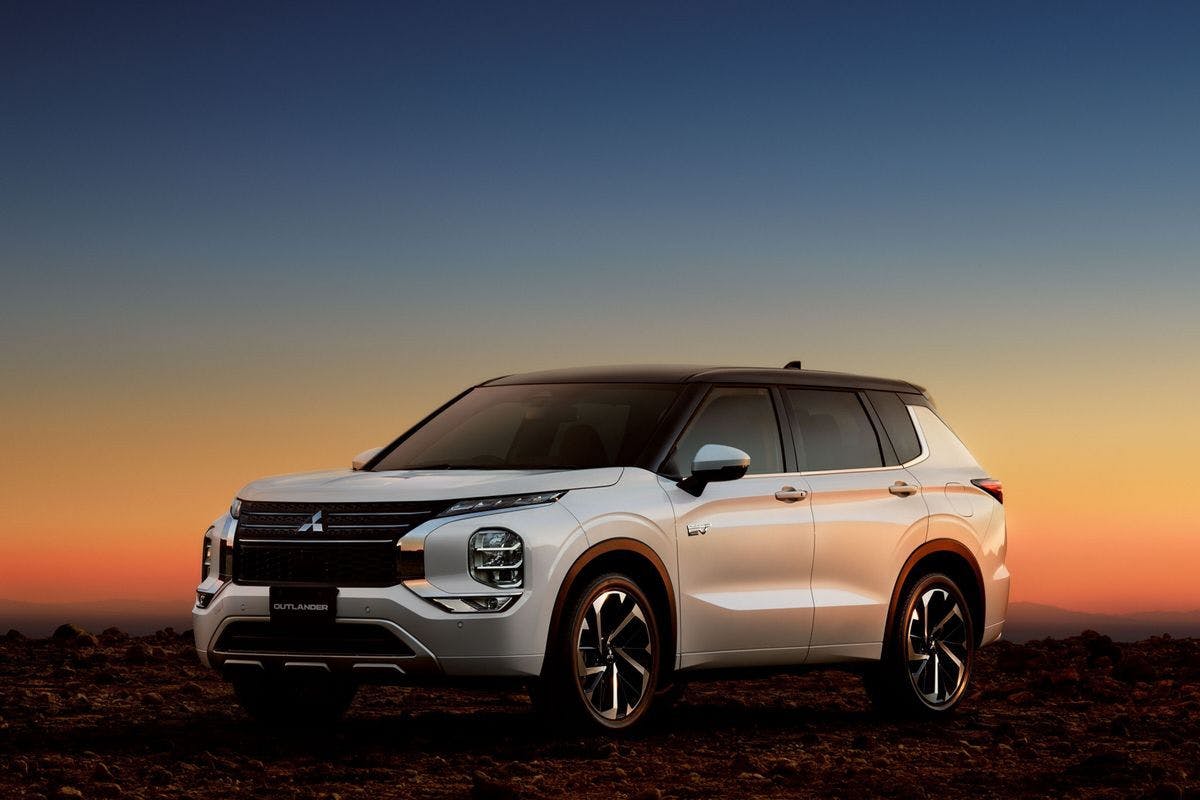


I admire Mitsubishi’s tenacity. They sold 85,000 vehicles last year. Across their entire product line. Other automakers would discontinue a single model with sales that low. Yet they continue to try to scrap it out. For the most part, their vehicles are uninspiring and, for the longest time, not even competitive. It feels like any day, they are going to throw in the towel. I certainly wouldn’t buy a Mitsubishi, out of fear that they will cease sales and support. If there was a Mitsubishi that was worth purchasing, I would only consider a lease.
People have been decrying Mitsubishi USA’s imminent death for more than a decade. Fact is, at least for the time being, neither its footprint nor cost to operate in the U.S. is enormous, and enough cars sell to pay for those costs and more.
$40-$50k for this thing? Let’s see how many other better vehicles are in this price class? If it was $30k it might be worth taking a chance but $50k you are not doing any research into your options. I miss the Mitsubishi of old that made fun and affordable cars.
Your comment is awaiting moderation. – Third time today! What is wrong with this system?
I like PHEVs, but only so much. I scratched it from my list after learning it was no longer eligible for the federal tax credit.